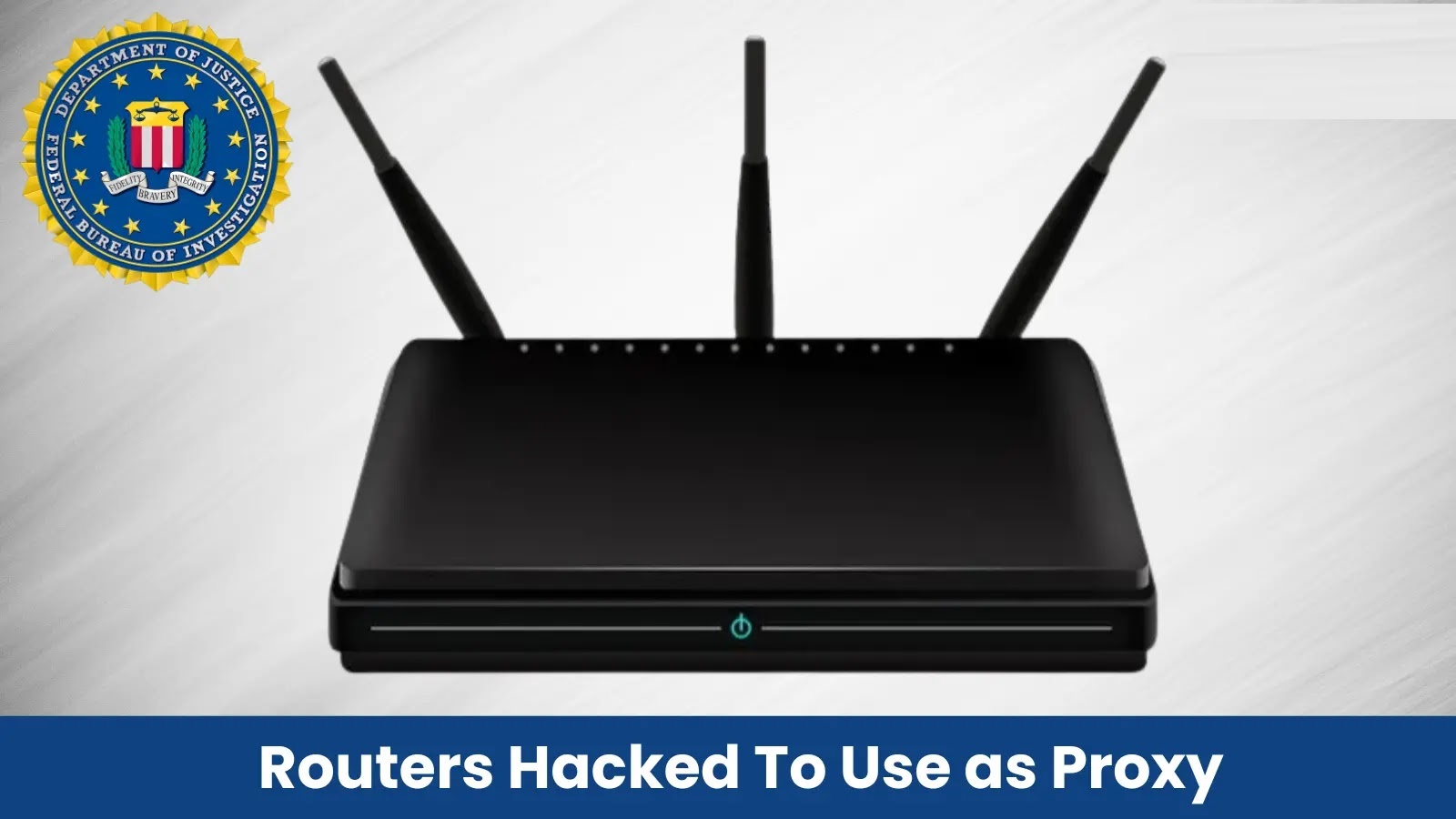Recent cybersecurity research has unveiled a significant vulnerability within Microsoft’s Windows Remote Procedure Call (RPC) protocol, identified as CVE-2025-49760. This flaw, now patched, could have allowed attackers to perform spoofing attacks, impersonate legitimate servers, and potentially escalate privileges within a domain environment.
Understanding the Vulnerability
The Windows RPC protocol is integral to client-server communications, utilizing universally unique identifiers (UUIDs) and an Endpoint Mapper (EPM) to manage dynamic endpoints. The EPM functions similarly to the Domain Name System (DNS), mapping interface UUIDs to endpoints, much like DNS resolves domain names to IP addresses.
The vulnerability in question permitted unauthorized manipulation of the EPM, leading to what’s termed an EPM poisoning attack. In such an attack, an unprivileged user could register a known, built-in interface associated with core services, effectively masquerading as a legitimate RPC server. This deception could coerce protected processes to authenticate against an attacker-controlled server, facilitating unauthorized access and potential privilege escalation.
The Exploit Chain
The exploitation process involves several key steps:
1. EPM Poisoning: The attacker registers a known interface UUID before the legitimate service does, especially targeting services set to delayed start during system boot.
2. Impersonation: By successfully registering the interface, the attacker impersonates the legitimate RPC server.
3. Client Manipulation: RPC clients, unaware of the deception, connect to the attacker’s server, believing it to be legitimate.
4. Privilege Escalation: Through this connection, the attacker can manipulate the client to authenticate against a server of their choosing, potentially leading to local or domain privilege escalation.
Research Findings
Ron Ben Yizhak, a researcher at SafeBreach, presented these findings at the DEF CON 33 security conference. He discovered that there were no security checks preventing the registration of built-in interfaces by unauthorized processes. This oversight allowed attackers to register interfaces for services that were not running, leading clients to connect to these malicious servers.
To assist in identifying and mitigating such vulnerabilities, SafeBreach released a tool named RPC-Racer. This tool can detect insecure RPC services and manipulate Protected Process Light (PPL) processes to authenticate machine accounts against attacker-controlled servers.
Implications and Recommendations
The ability to exploit this vulnerability could have severe implications, including unauthorized access, data breaches, and potential control over entire domain environments. Organizations are strongly advised to:
– Apply Patches Promptly: Ensure that all systems are updated with the latest security patches provided by Microsoft to address CVE-2025-49760.
– Review Service Configurations: Assess and modify the startup configurations of services, especially those set to delayed start, to minimize the window of opportunity for such attacks.
– Monitor RPC Registrations: Implement monitoring mechanisms to detect unauthorized RPC interface registrations and take corrective actions promptly.
– Utilize Security Tools: Employ tools like RPC-Racer to identify and mitigate potential vulnerabilities within the RPC protocol.
By understanding the mechanics of this vulnerability and implementing proactive security measures, organizations can safeguard their systems against potential exploitation and maintain the integrity of their domain environments.



